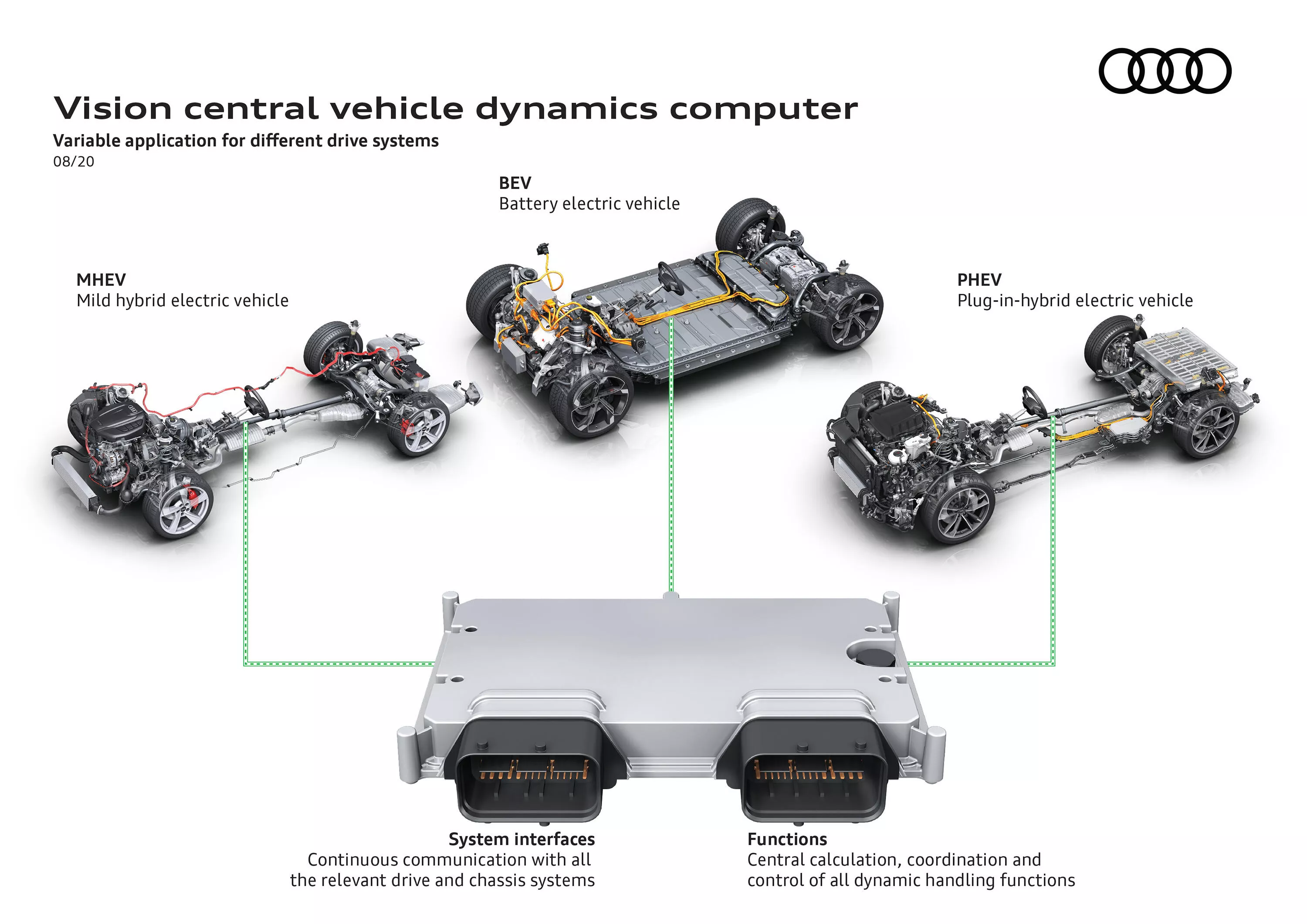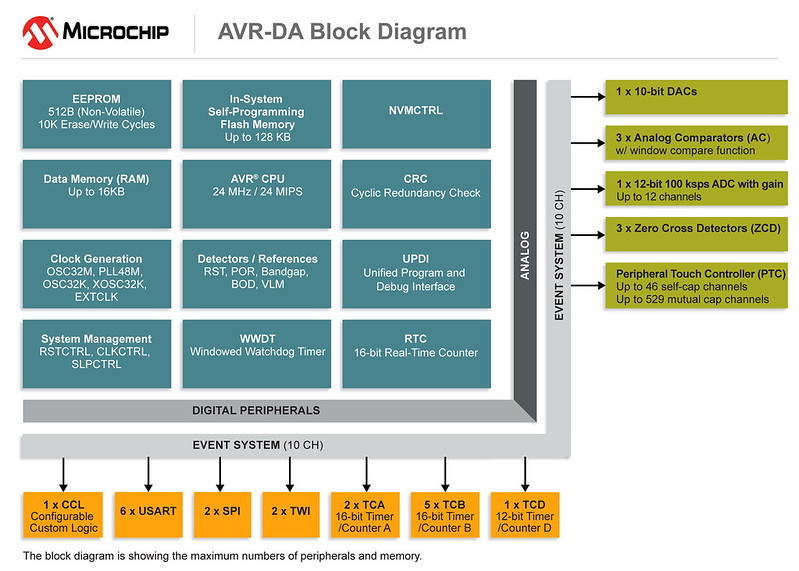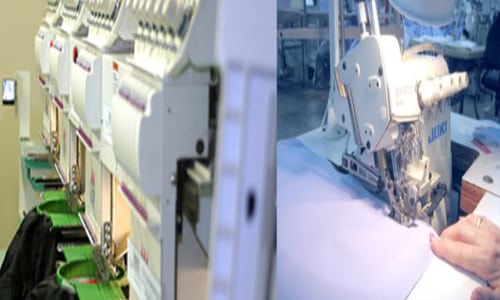
Modern cars consist of miles of wires, connected to a series of electronic control units that tell the car what to do when and when. This intricate dance refers to the constant complex communication between the various systems, which means that the car can receive mixed messages in certain situations. Audi thinks it has a solution to that with its future vehicle Dynamics processor.
Audi already has some integration in its various systems in the form of its Electronic Chassis Platform, which incorporates inputs such as a functional roll bar, predictive suspension and all-wheel drive and processed them together to improve vehicle handling. That way, when the car enters a sharp corner, roll bars can help lift one side to improve the available speed. It can be used for safety, for example, to quickly lift the left or right half of a car stop to hold the impact and ensure that the crashing force is transmitted through reinforced parts.
The automaker wants to take this one step further in the future, connecting too many machine systems with a single processor, which currently has no bright name but will undoubtedly pick one up eventually. Audi estimates that the system will be 10 times more efficient than the current ECP, and will increase its reach to cover more than 90 parts of the car, which is better than today's 20.
There is also another important piece of technology that will factor in Audi's new processing unit: electrification. The future vehicle dynamics processor will be able to integrate a wide variety of powertrains, whether it is a traditional internal combustion engine, a pure EV, or any combination of the two. It will also be built to work with front, rear- or all-wheel drive
Some of these are already present in Audi's E-Tron electric SUV, which operates a sophisticated system of electrical equipment and hydraulic systems to further smooth the transition from regenerative brakes to car mechanical stops. Its integrated brake controller can access data from other parts of the car, such as its car-to-x communication system or its navigation board, processing where the car is driving and providing tips on when the accelerator will be upgraded to improve range.
Drs. Klaus Diepold, Audi's suspension engineer, explains this in the automaker's publication: "Imagine that the car has to be cornered. This strategy has so far been driven by a steering wheel unit. At the same time, the control units of the driver assistance development programs - like a traffic warning - can issue a steering correction directive. In the future, the aspirations of both systems, in other words, the steering and driver-assisted systems, are centered on the automotive transformation computer.
So, what does this mean for you, the end-user? Yes, much of what is described here will not be on your radar, as this interaction will occur behind the scenes and in the millisecond order. What you will notice is the sharp contrast between the sporty and soft vehicle modes, which allow for greater comfort or precision as the mood demand. It should help to make these cars safer, too, as more connections are allowed between the various parts of the car.
While Audi has not explicitly stated which car will handle this technology first, it is understandable that it will first appear on one of the chassis of two medium-sized large cars, which makes sense as new technologies often arrive at more expensive cars to start with.








